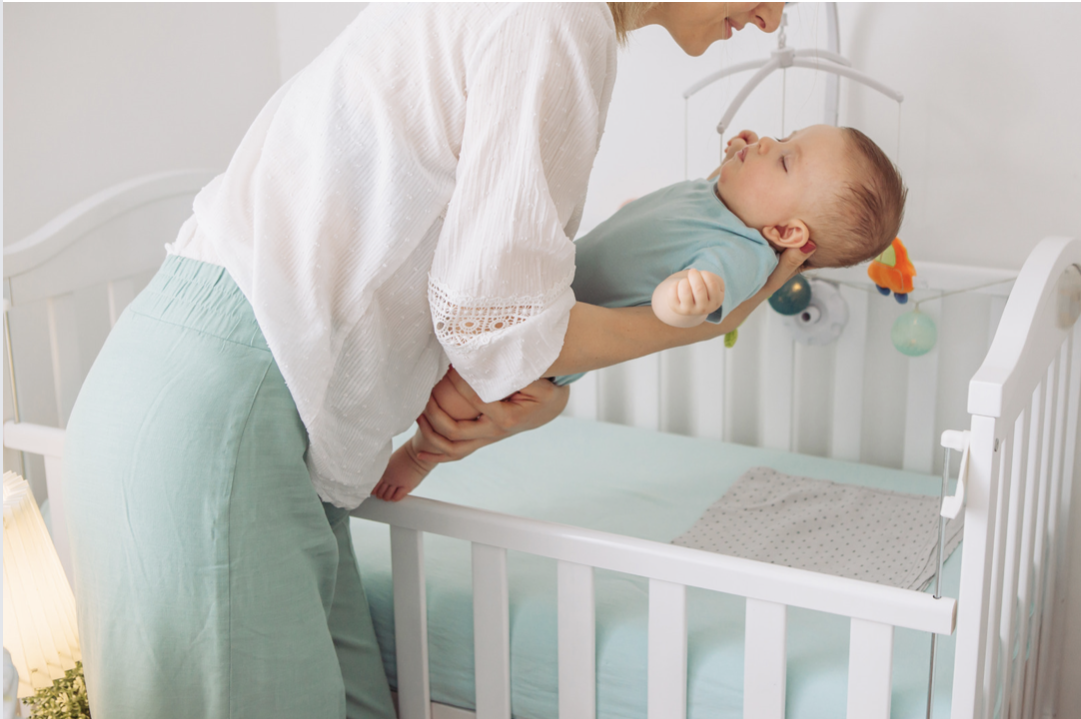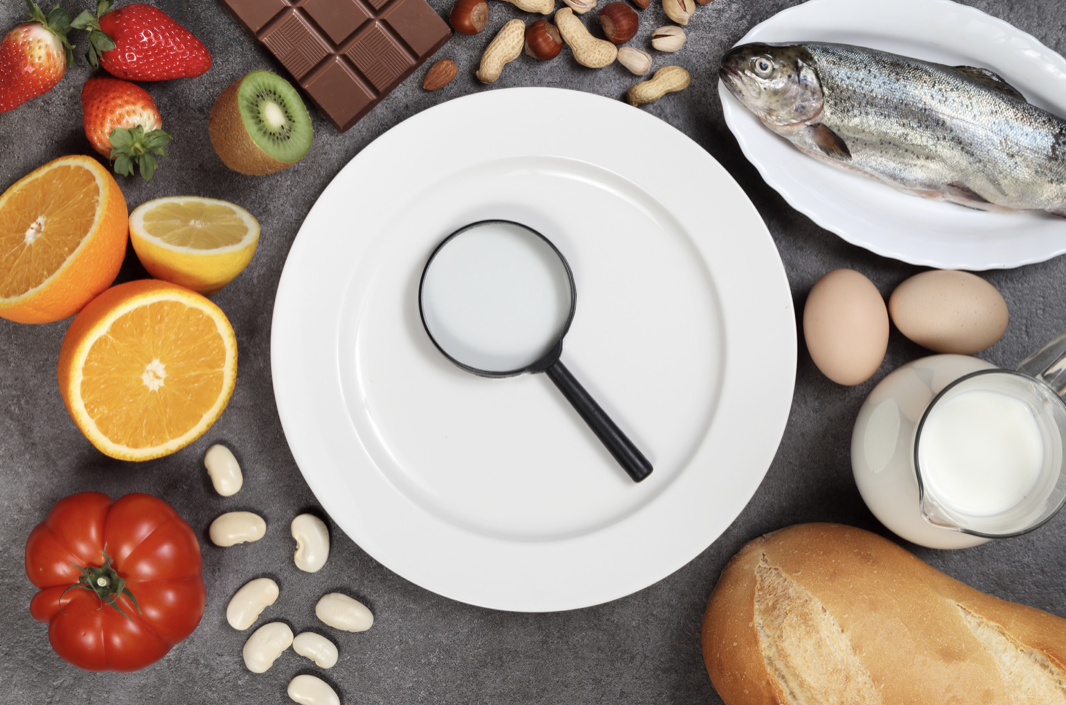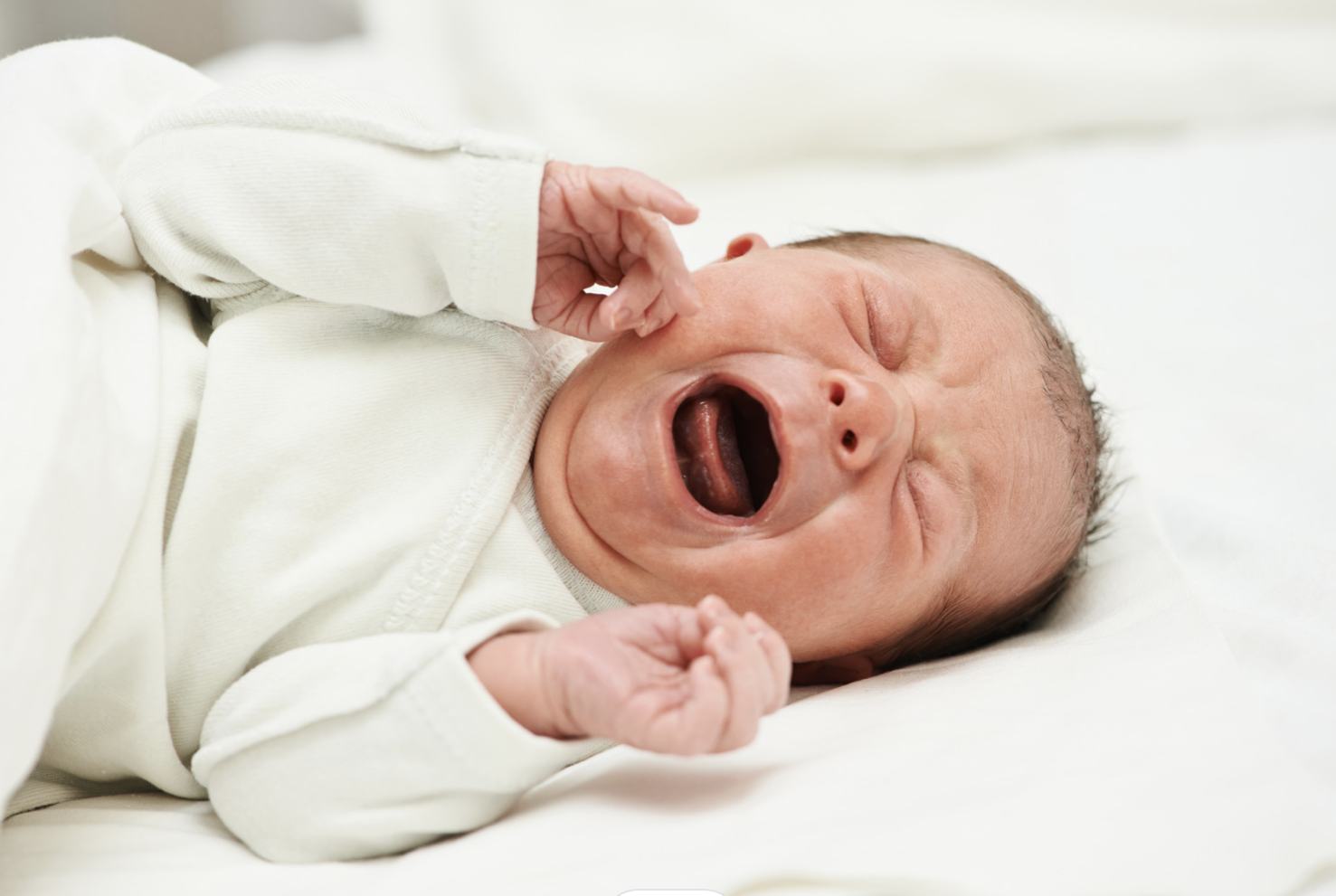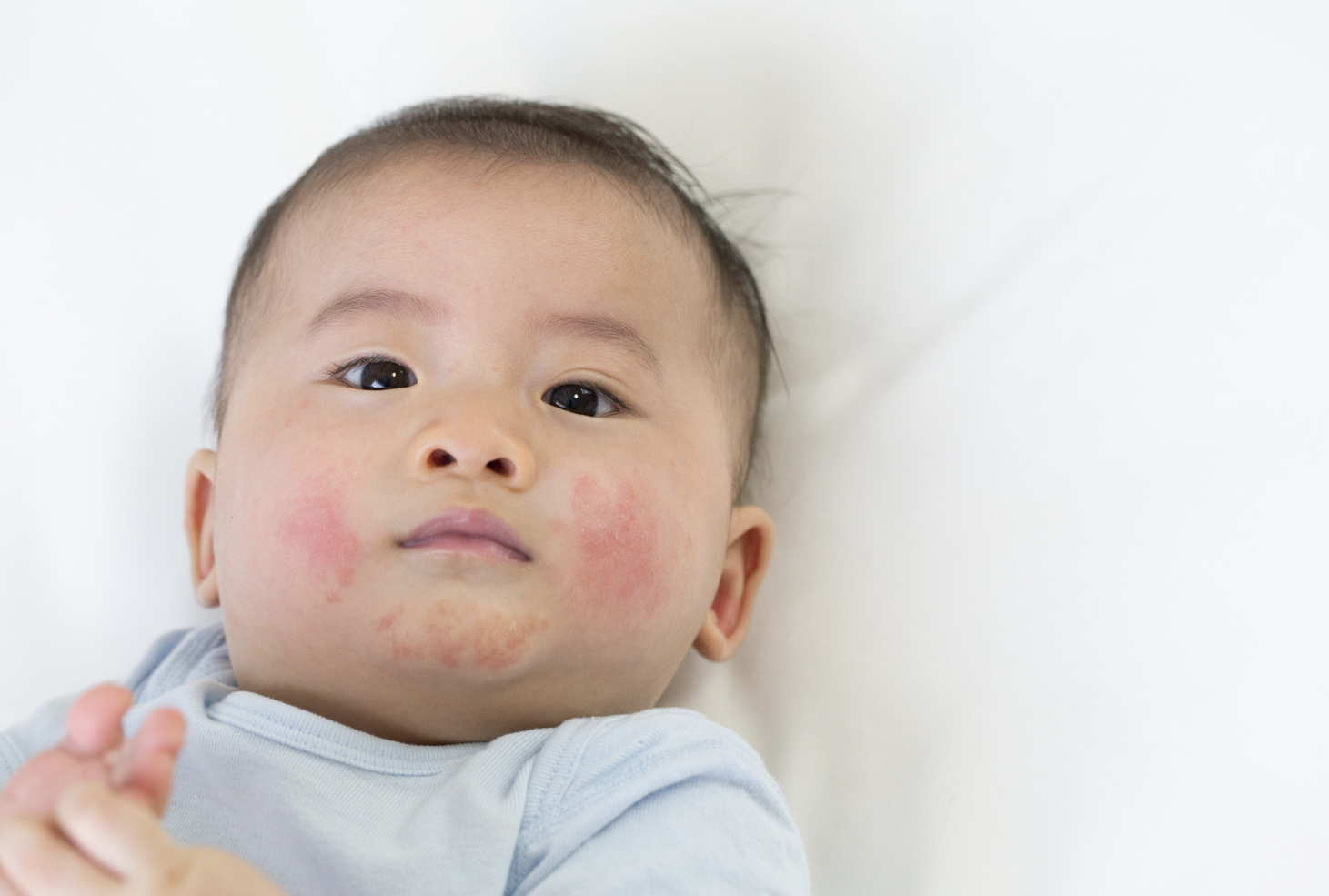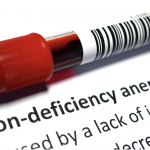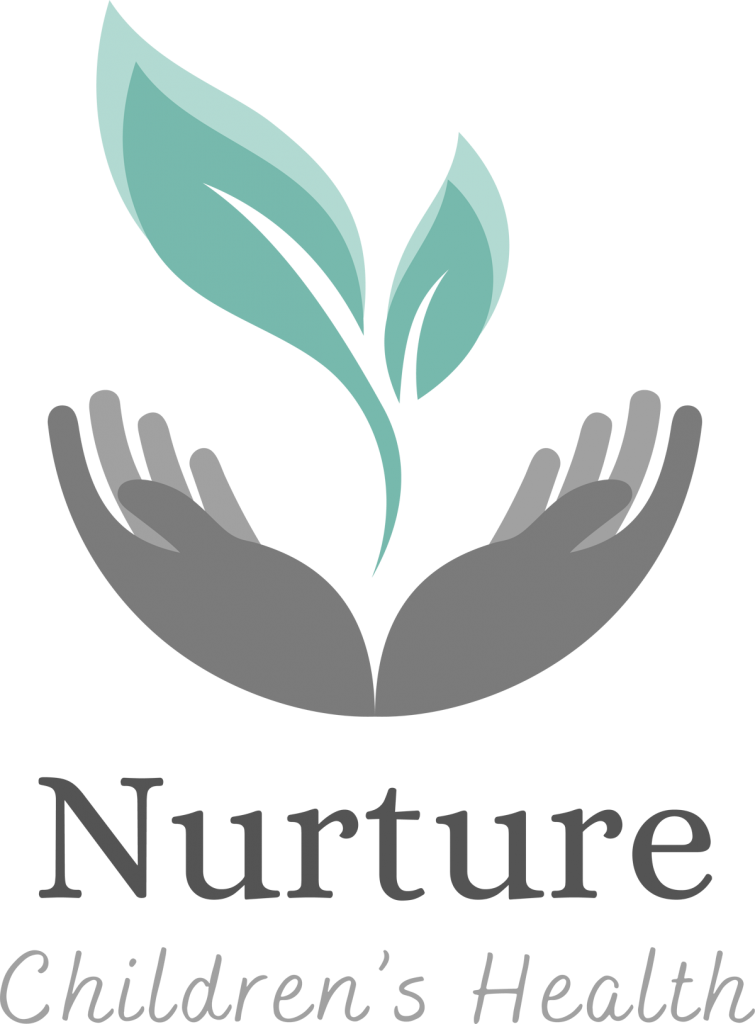Antibiotics and Children’s Gut Health
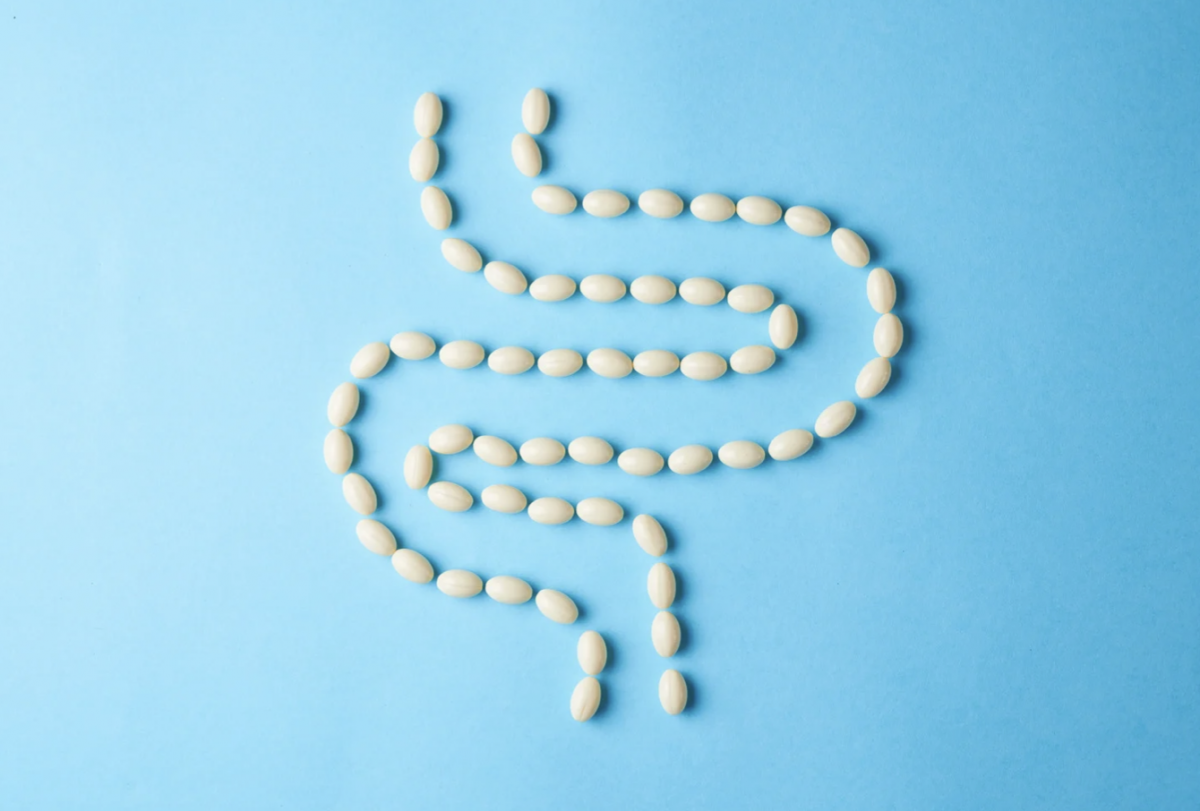
Antibiotics kill the bad bacteria that can cause illness and infection, but they can also have a negative impact on the levels of good microorganisms in the gut.
The stronger the antibiotic is, and the longer it is taken for, the higher the risk is of microbiome disruption and a wide range of health concerns.
There are around 40 trillion ‘good’ bacteria in the human body, most of which are found in the gut. These make up the microbiome.
Now, the microbiome plays a pretty important role in children’s health.
Gut health and immune function
Our microbiome is made up of all the microscopic organisms that naturally live in (and on!) our bodies. Different species do different things, but some of the most significant points are;
- The microbiome protects us from illness and infection by producing compounds that kill off pathogenic bugs before they can make us sick8,12,13.
- Taking up lots of space so there’s no free real estate available for yucky bugs to move in8,12,13.
- Maintaining the protective mucosal layer of the gut so the yucky bugs can’t reach our cells8,13.
- Supporting the immune system to work quickly and efficiently to fight off disease causing microorganisms that kids might pick up from childcare or primary school8,12.
When the balance of beneficial microorganisms in the gut is disturbed (i.e. antibiotics), the levels of these good gut bugs decrease and so do their health benefits.
Gut health and antibiotics
Broad-spectrum antibiotics target a wide range of illness causing bacteria, and narrow-spectrum antibiotics are effective for illnesses caused by specific bacteria.
Broad-spectrum antibiotics are the most commonly prescribed when we take our sick kids to the doctor, because the bacteria that’s causing an illness is often unknown.
Broad-spectrum antibiotics can unfortunately have several negative effects on gut health;
- reducing the amount and the variety of all the beneficial bacteria that live in the gut 1-4.
- reducing the amount of beneficial bacteria strains that support our immune system 1-4.
- creating an opportunity for pathogenic microorganisms to grow and spread in the gastrointestinal tract 5, 6.
Should kids have probiotics with or after antibiotics?
Taking probiotics during and after antibiotic use can help to reduce upset tummies and decrease the risk of non-bacterial microorganisms from moving into the gut and causing problems in the future 7. We just need to leave a 2 hour gap between the antibiotic and the probiotic to ensure they survive long enough to have a positive impact.
However, different species of probiotics do different things.
Different probiotics are indicated when specific antibiotics are prescribed for certain periods of time, and gut health before and during antibiotic therapy needs to be taken into consideration as well.
So there isn’t ‘one’ probiotic that I would recommend for kids taking antibiotics, because all of these different probiotic species can all have different health outcomes.
What are good probiotics for kids taking antibiotics?
There isn’t necessarily a “one size fits all” approach to probiotic supplementation during or after antibiotics, but there are several strains that have been shown to reduce some of the side effects of antibiotics;
Lactobacillus rhamnosus, and Saccharomyces boulardii are two probiotic strains that have been shown to reduce the chances of children feeling sick or experiencing side effects while taking antibiotics. While the right dose really depends on the age and overall health of the child, a range of 5-40 billion CFUs per day seems to be the most effective 8.
Bifidobacteria are another group of probiotics that can help to prevent inflammation and irritation in the gut13,14, which can often be super beneficial if little tummies become upset with antibiotics.
What should kids eat while taking antibiotics?
A great way to maintain gut health while children are taking antibiotics is to ‘feed’ the good gut bugs with foods that will help them to grow back.
A plant based diet high in vegetables, fruits, legumes, nuts and whole grains provide nutrients for the microbiome as well as fibre, which the body can’t digest 9. However, the microbiome can digest the fibre, and this stimulates their growth10.
Specific foods that are great for the microbiome induce;
- Raspberries
- Green peas
- Broccoli
- Chickpeas
- Lentils
- Beans
- Bananas
- Apples
- Wholegrains (preferably sourdough!)
Consuming a wholefood diet can actually help to prevent the growth of disease-causing microorganisms during antibiotic therapy11!
Fermented foods are another natural way to reintroduce some beneficial tummy bugs back into the gut during and after antibiotics. These are foods that are made to naturally contain live beneficial microorganisms which can help restore gut health after antibiotics.
Fermented foods that are great for gut health include;
- Yoghurt (plain, with no sugar)
- Kefir
- Kombucha
- Tempeh
- Sauerkraut
- Kimchi
How you can improve your child’s gut health after antibiotics
Rebuilding children’s immune and gut health after antibiotics can take some time. The gut often needs some TLC to heal after antibiotics, so it can take a while for the levels of beneficial tummy bugs to recover.
After a short course of antibiotics (5-10 days), it seems to take 1-2 months for a previously healthy gut to recover to pre-antibiotic levels 2,3,15.
However, these studies have also shown that even after 2-4 YEARS, some of those beneficial bacteria that make up our microbiome and do all those lovely good things for our health still haven’t completely recovered15.
Unfortunately, even short courses of antibiotics can have long-term effects on the microbiome.
If you’re concerned about your child’s gut health during or after antibiotic treatment, it might be worth checking in with a children’s health naturopath. You can book a free 15 minute discovery call with one of our naturopaths via the ‘Book Now’ link to discuss your child’s symptoms before booking an initial consultation.
References
1). Korpela K, Salonen A, Virta LJ, Kekkonen RA, Forslund K, Bork P, de Vos WM. Intestinal microbiome is related to lifetime antibiotic use in Finnish pre-school children. Nat Commun. 2016 Jan 26;7:10410. doi: 10.1038/ncomms10410. PMID: 26811868; PMCID: PMC4737757.
2). Rashid MU, Zaura E, Buijs MJ, Keijser BJ, Crielaard W, Nord CE, Weintraub A. Determining the Long-term Effect of Antibiotic Administration on the Human Normal Intestinal Microbiota Using Culture and Pyrosequencing Methods. Clin Infect Dis. 2015 May 15;60 Suppl 2:S77-84. doi: 10.1093/cid/civ137. PMID: 25922405.
3). Panda S, El khader I, Casellas F, López Vivancos J, García Cors M, Santiago A, Cuenca S, Guarner F, Manichanh C. Short-term effect of antibiotics on human gut microbiota. PLoS One. 2014 Apr 18;9(4):e95476. doi: 10.1371/journal.pone.0095476. PMID: 24748167; PMCID: PMC3991704.
4). Dethlefsen L, Relman DA. Incomplete recovery and individualized responses of the human distal gut microbiota to repeated antibiotic perturbation. Proc Natl Acad Sci U S A. 2011 Mar 15;108 Suppl 1(Suppl 1):4554-61. doi: 10.1073/pnas.1000087107. Epub 2010 Sep 16. PMID: 20847294; PMCID: PMC3063582.
5). Raymond F, Ouameur AA, Déraspe M, Iqbal N, Gingras H, Dridi B, Leprohon P, Plante PL, Giroux R, Bérubé È, Frenette J, Boudreau DK, Simard JL, Chabot I, Domingo MC, Trottier S, Boissinot M, Huletsky A, Roy PH, Ouellette M, Bergeron MG, Corbeil J. The initial state of the human gut microbiome determines its reshaping by antibiotics. ISME J. 2016 Mar;10(3):707-20. doi: 10.1038/ismej.2015.148. Epub 2015 Sep 11. PMID: 26359913; PMCID: PMC4817689.
6). Britton RA, Young VB. Role of the intestinal microbiota in resistance to colonization by Clostridium difficile. Gastroenterology. 2014 May;146(6):1547-53. doi: 10.1053/j.gastro.2014.01.059. Epub 2014 Feb 4. PMID: 24503131; PMCID: PMC3995857.
7.) Hempel S, Newberry SJ, Maher AR, Wang Z, Miles JN, Shanman R, Johnsen B, Shekelle PG. Probiotics for the prevention and treatment of antibiotic-associated diarrhea: a systematic review and meta-analysis. JAMA. 2012 May 9;307(18):1959-69. doi: 10.1001/jama.2012.3507. PMID: 22570464.
8). Gaufin T, Tobin NH, Aldrovandi GM. The importance of the microbiome in pediatrics and pediatric infectious diseases. Curr Opin Pediatr. 2018 Feb;30(1):117-124. doi: 10.1097/MOP.0000000000000576. PMID: 29206649; PMCID: PMC6588283.
9). Singh RK, Chang HW, Yan D, Lee KM, Ucmak D, Wong K, Abrouk M, Farahnik B, Nakamura M, Zhu TH, Bhutani T, Liao W. Influence of diet on the gut microbiome and implications for human health. J Transl Med. 2017 Apr 8;15(1):73. doi: 10.1186/s12967-017-1175-y. PMID: 28388917; PMCID: PMC5385025.
10). Cronin P, Joyce SA, O’Toole PW, O’Connor EM. Dietary Fibre Modulates the Gut Microbiota. Nutrients. 2021 May 13;13(5):1655. doi: 10.3390/nu13051655. PMID: 34068353; PMCID: PMC8153313.
11). Klinder A, Shen Q, Heppel S, Lovegrove JA, Rowland I, Tuohy KM. Impact of increasing fruit and vegetables and flavonoid intake on the human gut microbiota. Food Funct. 2016 Apr;7(4):1788-96. doi: 10.1039/c5fo01096a. PMID: 26757793.
12). Becattini S, Taur Y, Pamer EG. Antibiotic-Induced Changes in the Intestinal Microbiota and Disease. Trends Mol Med. 2016 Jun;22(6):458-478. doi: 10.1016/j.molmed.2016.04.003. Epub 2016 May 10. PMID: 27178527; PMCID: PMC4885777.
13). Hidalgo-Cantabrana C, Delgado S, Ruiz L, Ruas-Madiedo P, Sánchez B, Margolles A. Bifidobacteria and Their Health-Promoting Effects. Microbiol Spectr. 2017 Jun;5(3). doi: 10.1128/microbiolspec.BAD-0010-2016. PMID: 28643627.
14). O’Callaghan A, van Sinderen D. Bifidobacteria and Their Role as Members of the Human Gut Microbiota. Front Microbiol. 2016 Jun 15;7:925. doi: 10.3389/fmicb.2016.00925. PMID: 27379055; PMCID: PMC4908950.
15). Jernberg C, Löfmark S, Edlund C, Jansson JK. Long-term ecological impacts of antibiotic administration on the human intestinal microbiota. ISME J. 2007 May;1(1):56-66. doi: 10.1038/ismej.2007.3. Erratum in: ISME J. 2013 Feb;7(2):456. PMID: 18043614.

